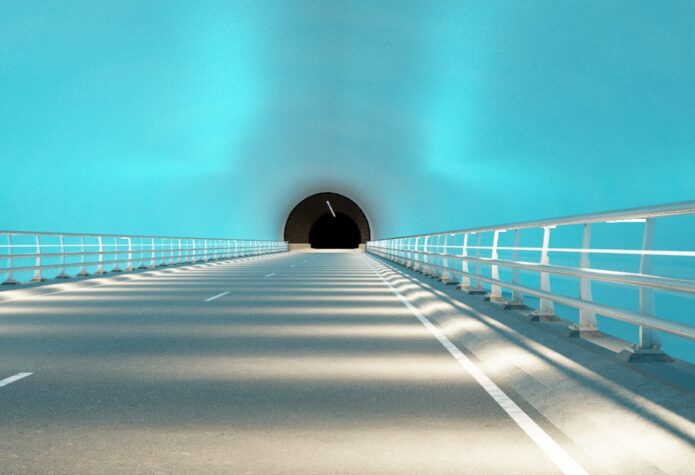Ryfast tunnel: A challenging undersea record

Straightening major highways around Norway’s fjord- and island-rich western coastline is high on the agenda of the country’s public roads administration. These coastal roads, typically linked by ferries or long detours around fjords, are being improved with increasingly long tunnels. One of the most ambitious projects—both in terms of construction and later driving comfortably through it—is the Ryfast tunnel, which is set to become the world’s longest and deepest undersea road tunnel.
The construction of the 14.3 km twin road Ryfast tunnel started in the summer of 2013. It will link Stavanger—Norway’s fourth largest city and the centre of the country’s offshore oil and gas industry—with Solbakk near the small town of Tau, currently only accessible by a 45-minute ferry ride. When ready, the tunnel will take 15 minutes to drive through at depths of down to 292 metres below sea level.
The benefits are substantially reduced travel time, an improved local labour market and the possibility to create many new residential areas in the districts of Ryfylke and Jaeren in the county of Rogaland. These are improvements that will most likely increase the competitiveness of local markets and benefit the whole of Western Norway.
However, switching from a ride in a nice cafeteria on board a ferry while gazing out over the beautiful landscape scenery between roads 13 and E39 to a drive through the world’s longest and deepest undersea tunnel may be challenging for many.
An estimate from the independent Norwegian contract research institute SINTEF shows that as many as 10–20% of the population feel uncomfortable while driving in tunnels. Older people in particular tend to feel unsafe. It is important to acknowledge this, because anxiety and discomfort in tunnels may lead to an increased risk of traffic accidents if measures are not taken.
The solution to increasing the drivers’ feelings of security, and thereby road safety itself, is to break up the monotony by introducing architecture, art and lightning, says Sylvia Piamonte Samuelsen, Landscape Architect at the Norwegian community planning and design company Norconsult AS, which is one of the subcontractors to the Ryfast project.
“There are several steps that can be taken to prevent monotony and underground angst, and these include improving visual comfort by ensuring good lighting, having good information about the remaining length of tunnel, and having variations in the tunnel itself”, says Samuelsen.
Because the tunnel is so long, an extended viewing hall called “Bakenfor pusten”, or “Beyond breath” will be constructed beneath the island of Hidle, approximately halfway through the Ryfast tunnel. This will be the main art installation focusing on light. The extended cave will be approximately 22 metres wider than the road tunnel and extend about three metres above and below the road surface. All lamps will be hidden so that the light is experienced as the present material, giving a feeling of the cave being much larger than it physically is. The light will also vary throughout the day and by season to accommodate new experiences.
“It is clearly difficult to compete with the experience of travelling on a ferry with a view of nature, but the tunnel lightning is a way of offering a new landscape to make the driving experience a little more exciting and safe”, Samuelsen says.
The Ryfast tunnel project also includes the 5.5 km Hundvaag tunnel and will connect with the 3.7 km Eiganes tunnel. The whole Ryfast project involves the construction of three tunnels and 53 kilometres of new roads, all due for completion by the end of 2018.
The Ryfast project is being led by the Norwegian Public Roads Administration and constructed by Swiss constructor Marti Group. Total cost is estimated at 6.4 billion Norwegian kroner (785 million euros).
NIB is participating in financing the project and has signed a 25-year maturity loan of 120.5 million euros with the special purpose entity Ryfast AS to finance the construction costs. Ryfast AS is owned by Rogaland county and the municipality of Stavanger and is responsible for financing the construction costs of the project by charging toll fees until the year 2039.
It is estimated that approximately 4,000 cars a day will start using the tunnels after completion, doubling to about 8,000 cars a day by 2035.

